Which Animals Eat Hummingbirds? An Overview of 6 Predators
Last Updated on
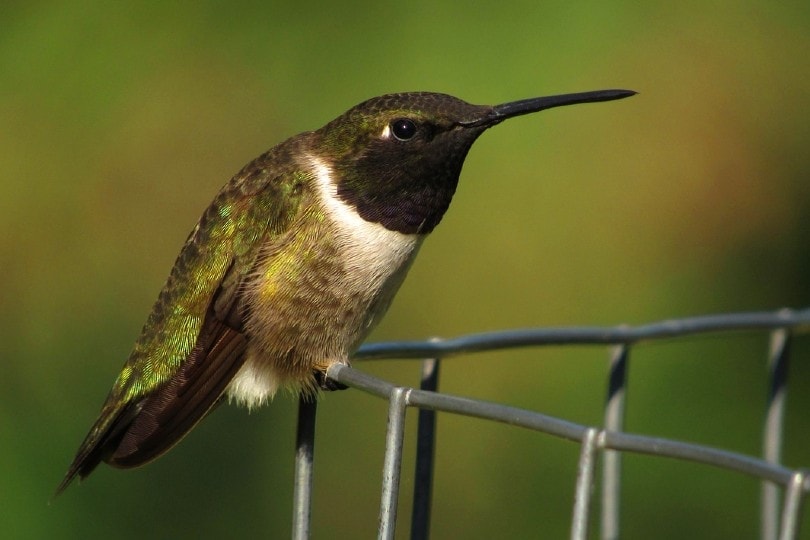
Hummingbirds are widely considered one of the most beautiful of all bird species. They are as small as some large insects, have an amazing ability to hover on the spot when feeding, and have exceptionally long tongues that they can use to slurp nectar from flowers.
We may view them as being sweet little birds (although some will attack birds much larger than they are in a bid to protect their nest and their young), but nature is cruel, and the tiny hummingbird, despite being fast and agile, is prey to a lot of animals.

The 6 Hummingbird Predators
Many larger birds will hunt and kill the hummingbird, as you would expect, but these aren’t the only animals that are considered hummingbird predators. It might be surprising to learn that the following animals are also considered predators.
1. Orb Weaver Spider

Hummingbirds need spider silk to help them build strong and durable nests. As such, they will hover and collect spider silk from webs, but if they get too close, they can become entangled in the web before being cocooned, ready for eating. There are several species of spider that have been known to predate hummingbirds in this way, but perhaps most notably the orb-weaver spider.
2. Dragonfly
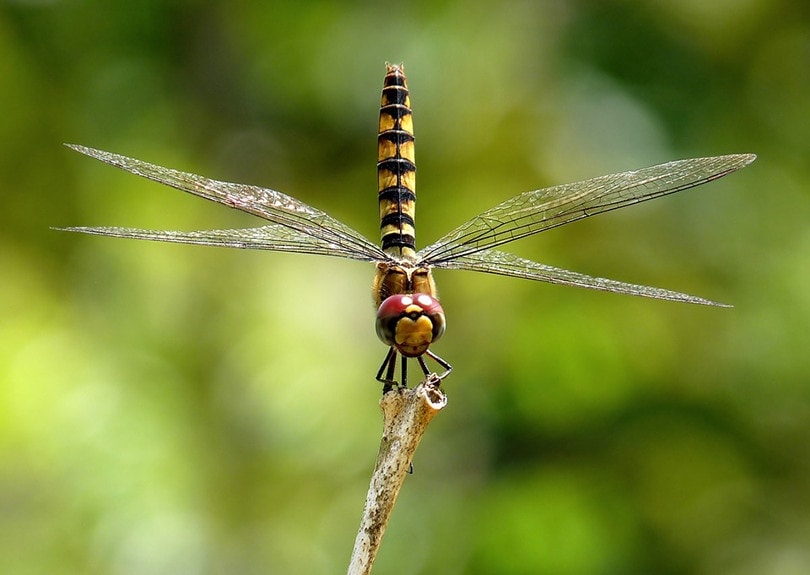
This is a somewhat contentious inclusion. There have long been stories of dragonflies catching and eating hummingbirds, but there has never really been any proof. One photograph has presented itself, showing a dragonfly clearly eating a hummingbird. This doesn’t necessarily prove that the dragonfly killed the bird, but they are roughly the same size and if the insect will eat the bird, this does lend extra credence to the possibility of a hummingbird killing dragonfly.
3. Praying Mantis

It is known that the praying mantis is one insect that will and does feed on the hummingbird, although it is considered rare. Scientists believe that it would only happen if the mantis is especially hungry and is hanging out on a hummingbird feeder while waiting for bees and wasps to approach the sugary water treat left out for the bird. The praying mantis essentially spears the hummingbird with its sharp leg and then proceeds to eat part of it. The bird is too big for the mantis to completely devour, which is another reason that experts believe it to be rare for them to go after such large, nimble prey.
4. Bullfrogs
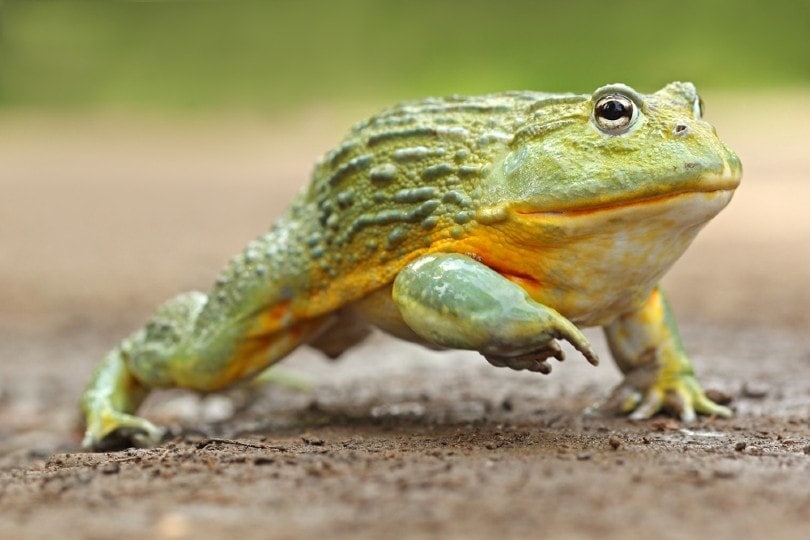
Hummingbird remains have also been found in the stomachs of bullfrogs. Again, this does not necessarily mean that the frog killed the bird in the first place. Hummingbirds and bullfrogs do naturally share the same natural spaces, but the bird would usually fly too high and too fast for the frog to easily catch it. It is possible, however, that they could be caught when flying to lap at the nectar of lower-lying flowers.
5. Snakes
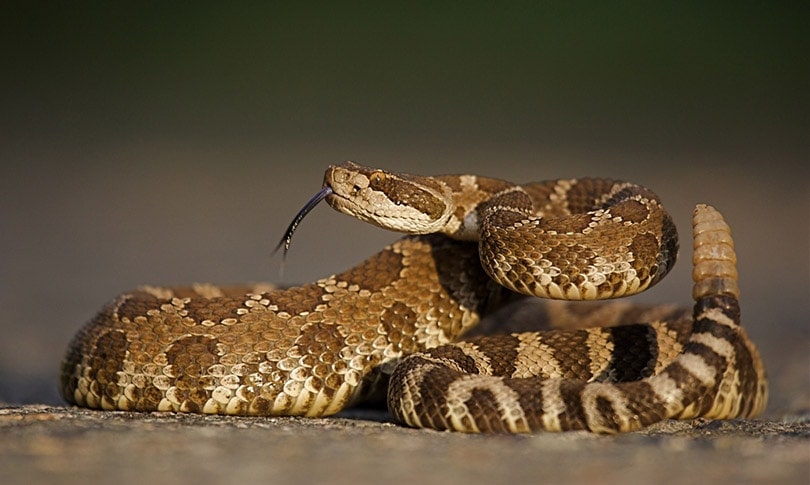
This one is perhaps less surprising because there are several species of snake that will eat small birds. What makes it surprising is the agility of the hummingbird and, therefore, the skill of the snake required to catch it and eat it. Snakes are especially keen on bird eggs and tree-climbing snakes will clamber up the bark of a tree to forage inside bird nests.
6. Cats

Whether feral or domestic, cats are arguably the biggest threat to the hummingbird population. Cats watch feeders and have a good chance of catching hummingbirds if the feeders are placed too low or too easily accessible. If the bird is lucky, the cat will end up with a face of tail feather. The hummingbird has loose tail feathers that detach in these circumstances, saving the bird’s life. They quickly grow back, too.
Other Potential Predators
Some of the bird’s natural predators are to be expected, like hawks and other big birds, but some are more surprising. It is believed that some frogs eat them and there is photographic evidence of a dragonfly eating one, although it does not necessarily prove that it was the insect itself that killed the hummingbird. Spiders and praying mantises are also more than capable of bringing down the tiny nectar drinker.
Related Read: 10 Predators That Eat Birds: An Overview
About Hummingbirds
The hummingbird is native to the new world with nearly 400 different species located in the Americas, Canada, Argentina, Chile, Mexico, Central America, and even the Caribbean.
An adult only grows to approximately 4 inches in length but despite its diminutive size, this species of bird is in the same order as swifts. They eat floral nectar and have an incredible appetite for such. Their tongues, which are twice as long as their bills, are designed to effectively extract nectar and the little bird can lick as many as 15 times per second.
Eating isn’t the only thing that hummingbirds can do quickly. This bird can fly at speeds of up to 20 miles per hour, which means it is no mean feat for any predator to catch one, even larger hawks and other birds of prey.
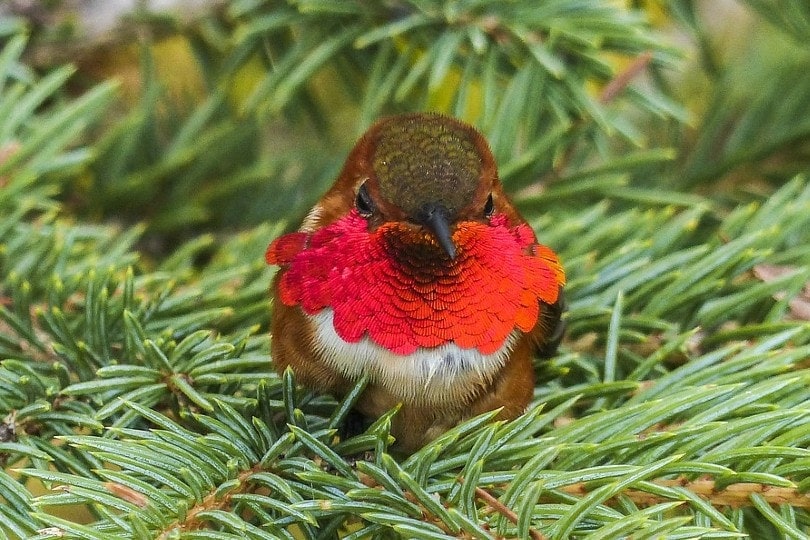
How To Keep Hummingbirds Safe
Whether you put out hummingbird feeders specifically to attract these beautiful little birds to your garden, or you are fortunate enough to have them arrive naturally, there are steps that you can take to help protect them from predators.
The single biggest threat to hummingbirds is cats. If you put out feeders, ensure that they are high up and out of the way, that cats cannot easily climb across tree branches, fences, and low roofs to get to them, and take steps to discourage feral cats from the area. If you see predators hanging around the feeder or wild birds, carefully but humanely remove them from the area. Insects like praying mantises are easy to remove with a stick and some gentle coaxing but take care when attempting to handle snakes. Even feral cats can cause serious damage.
You can even add thorny shrubs to your garden. These act as natural cover for hummingbirds and other small birds. They can nimbly nip between thorns and branches while predators like cats and large birds cannot get through the gap, therefore preventing the untimely demise of your tiny garden visitors.
Which Animals Eat Hummingbirds?
Hummingbirds are tiny birds, but they are fast and agile. They tend to fly too high for most land-based predators, but this isn’t always the case, and while spiders might not directly predate these birds, they can get stuck in spiders’ webs while collecting the silk that they need for nests. Insects like praying mantises and even dragonflies are also potential predators, although the former will rarely attack a hummingbird, and there is only anecdotal evidence that the latter kills them.
Featured Image Credit By Avia5, Pixabay
About the Author Robert Sparks
Robert’s obsession with all things optical started early in life, when his optician father would bring home prototypes for Robert to play with. Nowadays, Robert is dedicated to helping others find the right optics for their needs. His hobbies include astronomy, astrophysics, and model building. Originally from Newark, NJ, he resides in Santa Fe, New Mexico, where the nighttime skies are filled with glittering stars.
Related Articles:
How to Clean a Refractor Telescope: Step-by-Step Guide
How to Clean a Telescope Eyepiece: Step-by-Step Guide
How to Clean a Rifle Scope: 8 Expert Tips
Monocular vs Telescope: Differences Explained (With Pictures)
What Is a Monocular Used For? 8 Common Functions
How to Clean a Telescope Mirror: 8 Expert Tips
Brightfield vs Phase Contrast Microscopy: The Differences Explained
SkyCamHD Drone Review: Pros, Cons, FAQ, & Verdict
